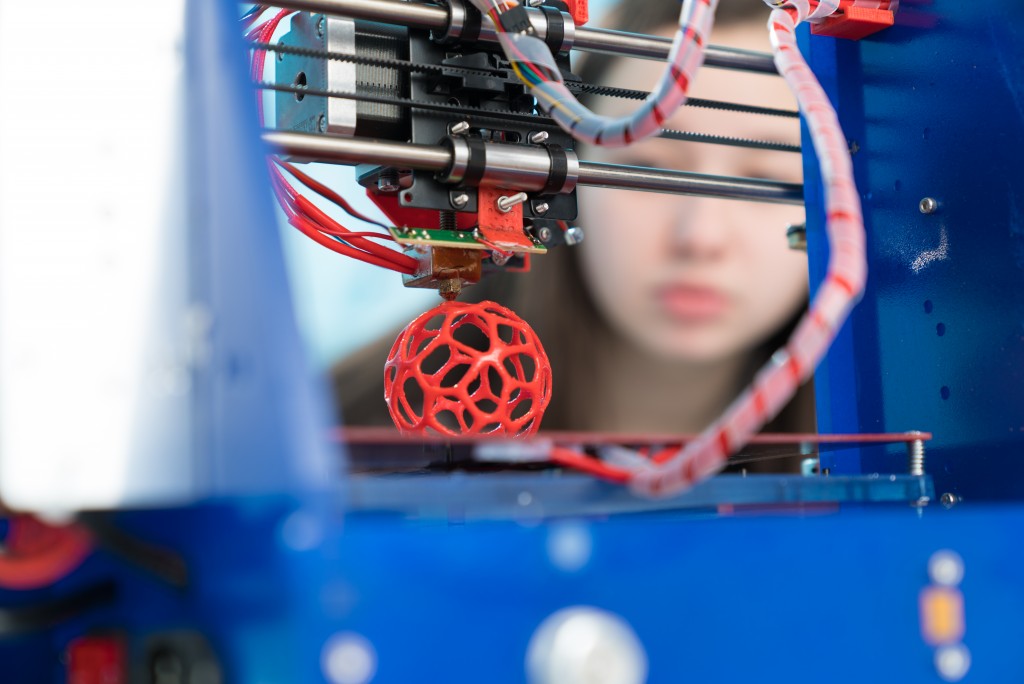3D Printing is making its mark in the medical world — most notably in Utah. The state is one of the first to adopt the technology, and even its citizens are making use of 3D printers to make the world a bit better.
1. Protective Gear
Provo-Orem residents 3D printed hundreds of protective gear for their first responders. Blueprints of face masks and face shields were made available, and residents with 3D printers joined the effort to provide the necessary equipment. 3D printed protective gear can be customized for a particular user for additional protection or be made for general use for faster production.
2. Custom-Designed Surgical Tools
3D printed surgical tools have allowed surgeons to access areas a normal scalpel couldn’t reach. They allow surgeons to work with increased efficiency while minimizing tissue/organ damage. Clamps, forceps, hemostats, and many other tools are routinely produced using 3D printers. Studies have shown that surgeries that utilize 3D printed tools cut recovery times significantly.
3. Surgical Implants
Customized metal surgical implants have made surgeries safer. 3D printers allow doctors to print fine metal implants that mimic the organic structure, reducing the risk of rejection. They also allow doctors to use a minimal amount of material without reducing the efficacy of the implant.
4. Surgical Models
Surgically printed models of patient-specific anatomy and structures give surgeons an in-depth view of the medical problem and the possible solutions. They give surgeons a firmer grasp on the procedure, even allowing them to practice on the perfectly-scaled models.
5. Prosthetics
 Medical facilities often use 3D printers to make more realistic prosthetics to reduce the strain on their patients. 3D printed prosthetics are customized to the individual, increasing their efficiency as well as aesthetics. In Orem, teenager Joseph Huff received state-wide renown for his work in providing children with 3D printed prosthetic limbs.
Medical facilities often use 3D printers to make more realistic prosthetics to reduce the strain on their patients. 3D printed prosthetics are customized to the individual, increasing their efficiency as well as aesthetics. In Orem, teenager Joseph Huff received state-wide renown for his work in providing children with 3D printed prosthetic limbs.
6. Casts
Unlike plaster or fiberglass casts, 3D printed casts don’t need to cover the entire arm or leg. Because 3D printed casts are stronger, the protective structure can be made with large gaps to allow air to pass through. Minimal material also makes 3D printed casts extremely lightweight.
7. 3D Printed Medicine
Individually-designed medicine is possible with 3D printing. Doctors can tailor specific medicine to have the optimum dosage, combination, or even drug release times. Custom medicine also minimizes the occurrence of negative side effects.
8. Dental Implants
3D printed dental implants, crowns, and whole dentures are becoming the norm in dentistry. 3D printing produces a more natural and symmetrical appearance while cutting production time to a minimum.
9. Individualized Hearing Aids
97 percent of produced hearing aids are 3D printed. Individualization allows hearing aids to fit better for increased efficiency and comfort.
10. 3D Printed Skin
Scientists have made breakthroughs in developing 3D printed skin, successfully replicating skin together with blood vessels. The technology is being developed for regular use and could have a significant impact on burn victims in the future.
3D printing has become an essential part of medical practice. The ability to individualize tools, treatment, and after-care equipment increases both efficiency and safety.




